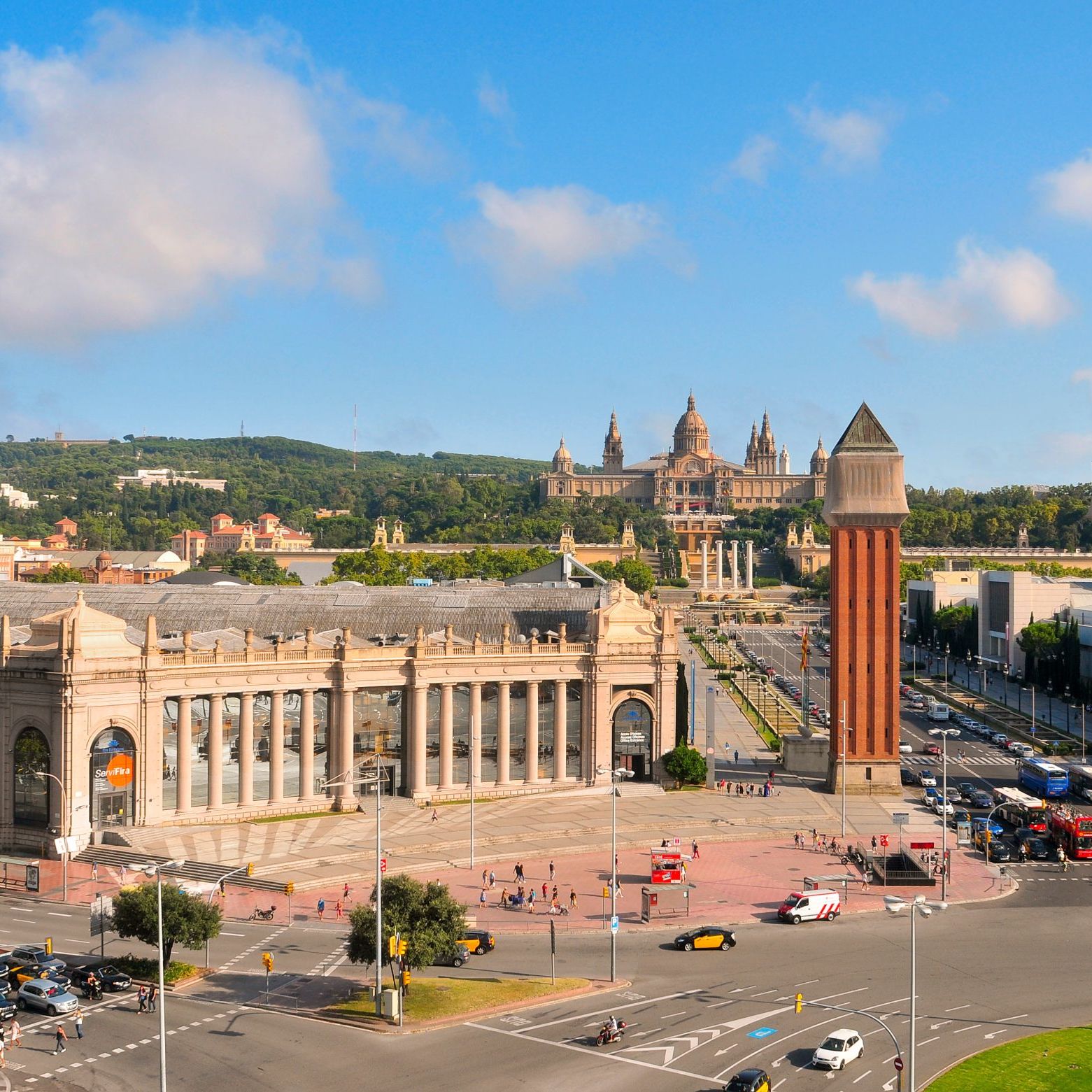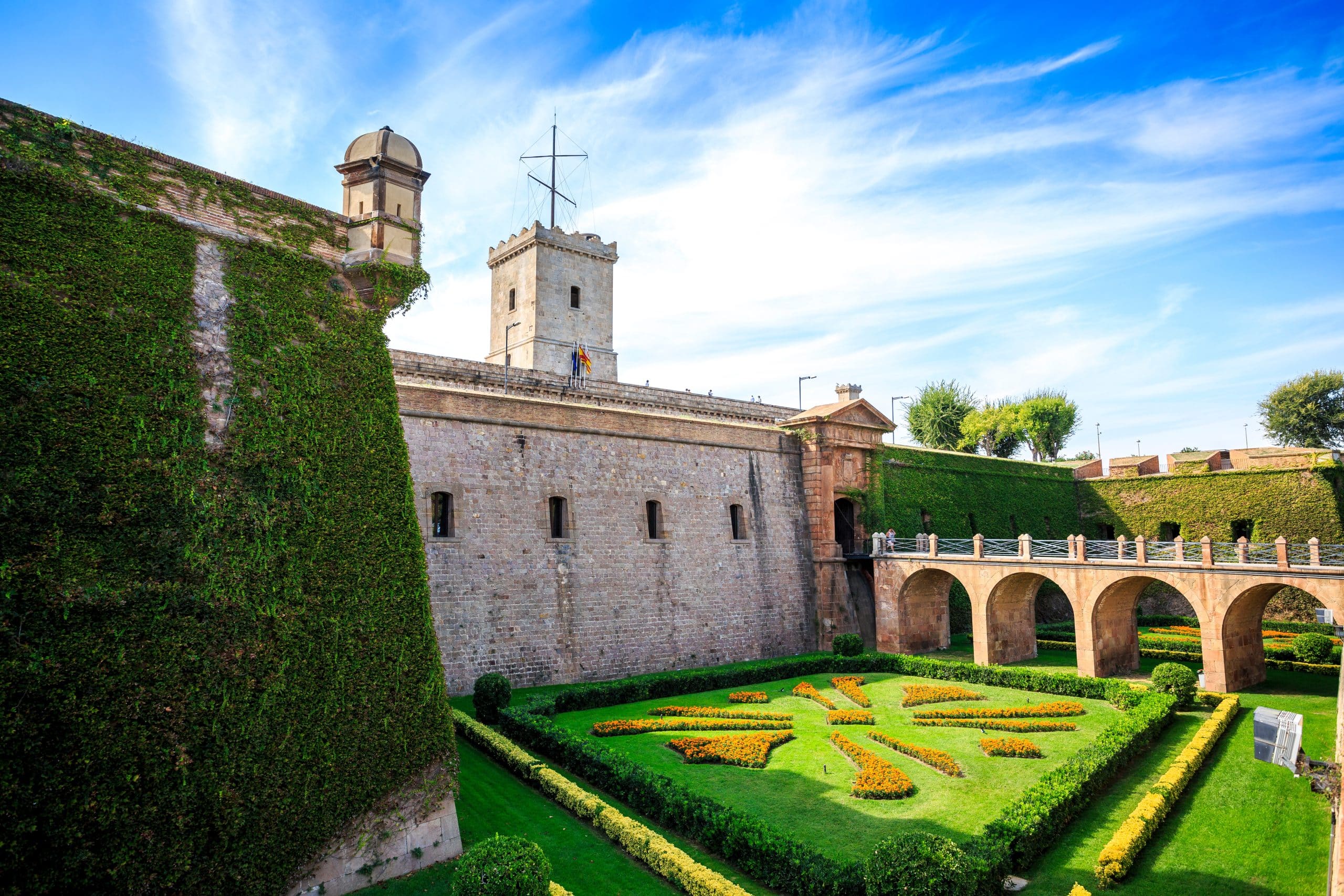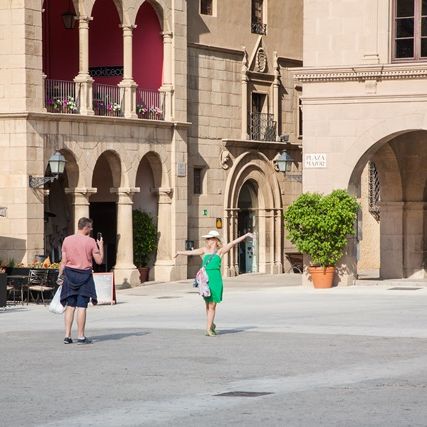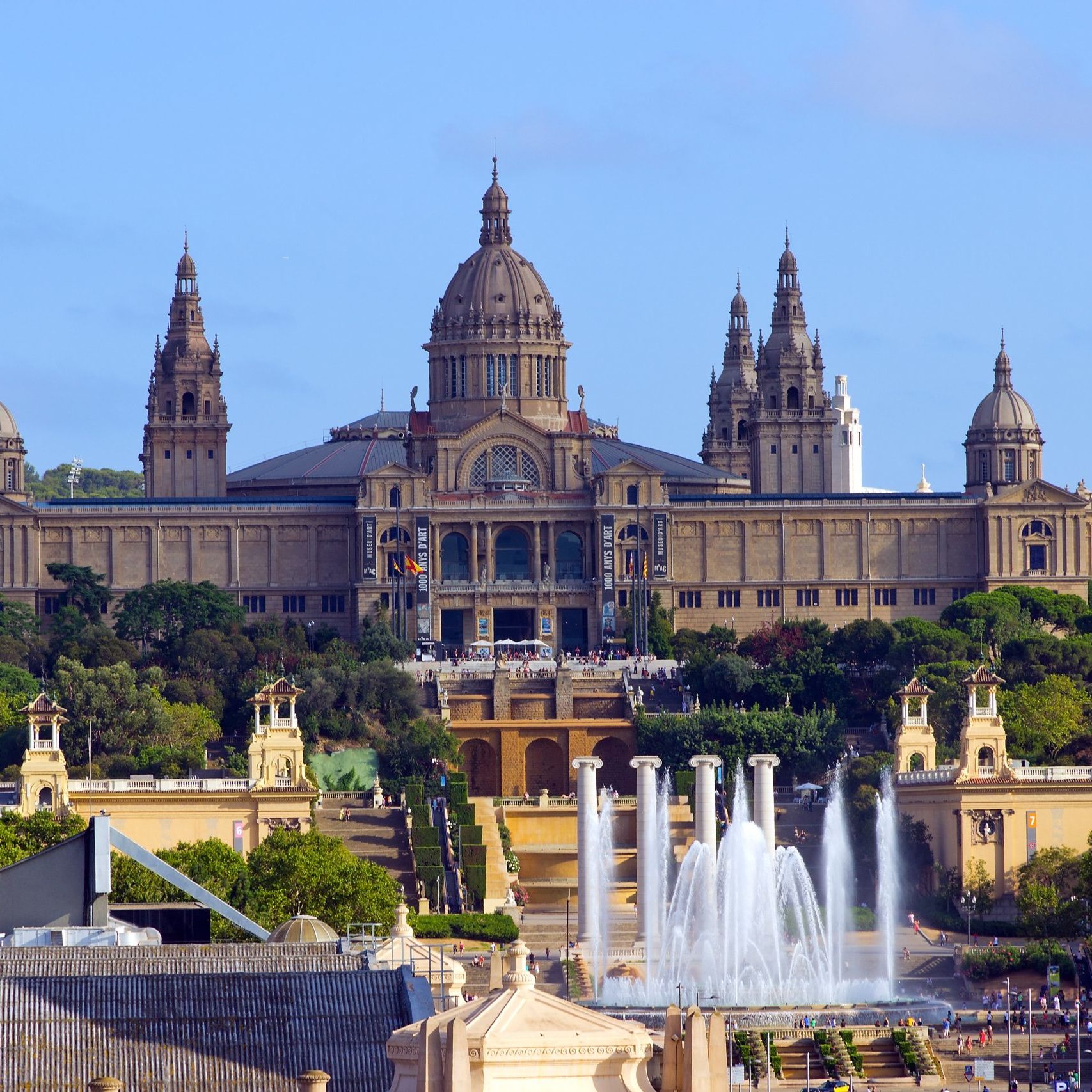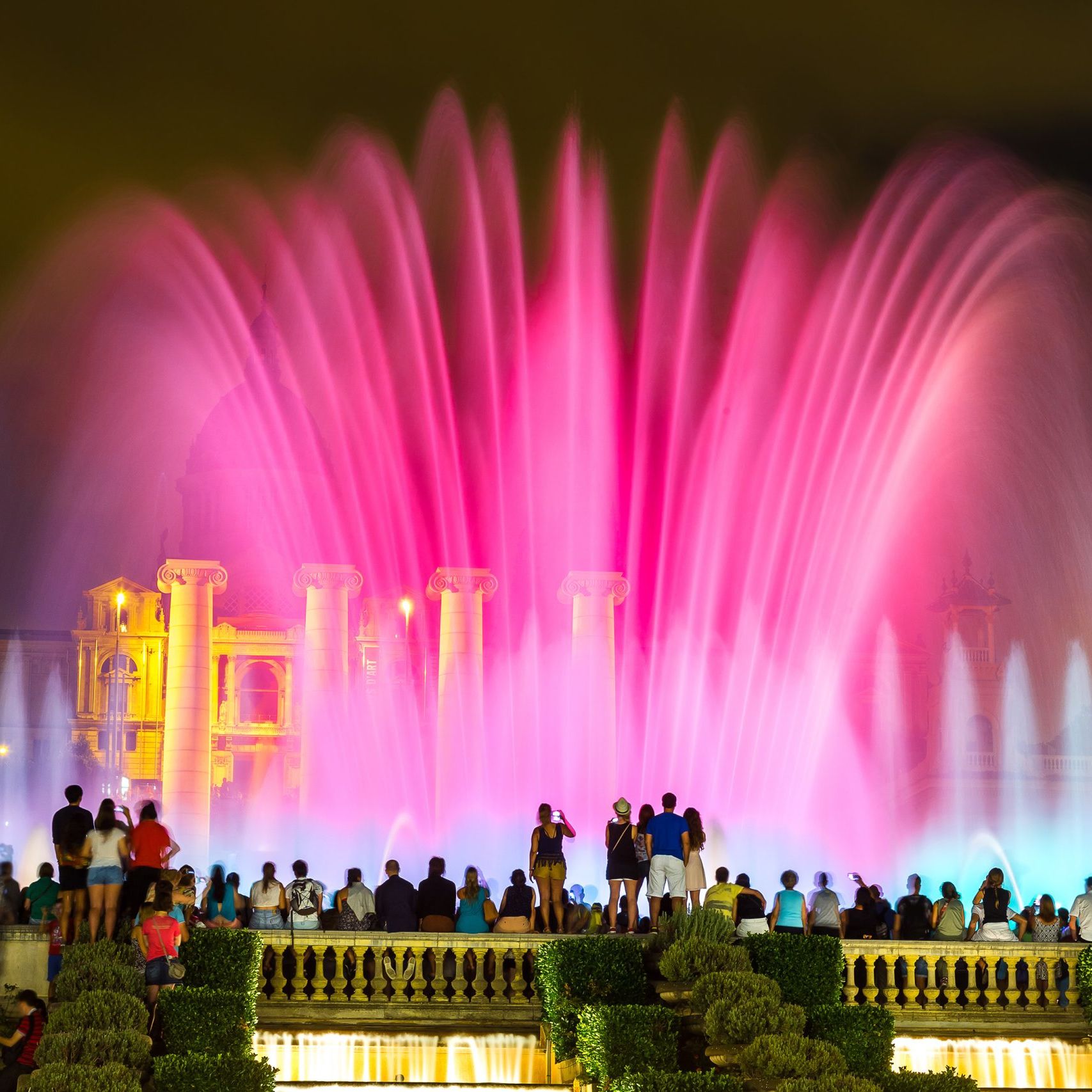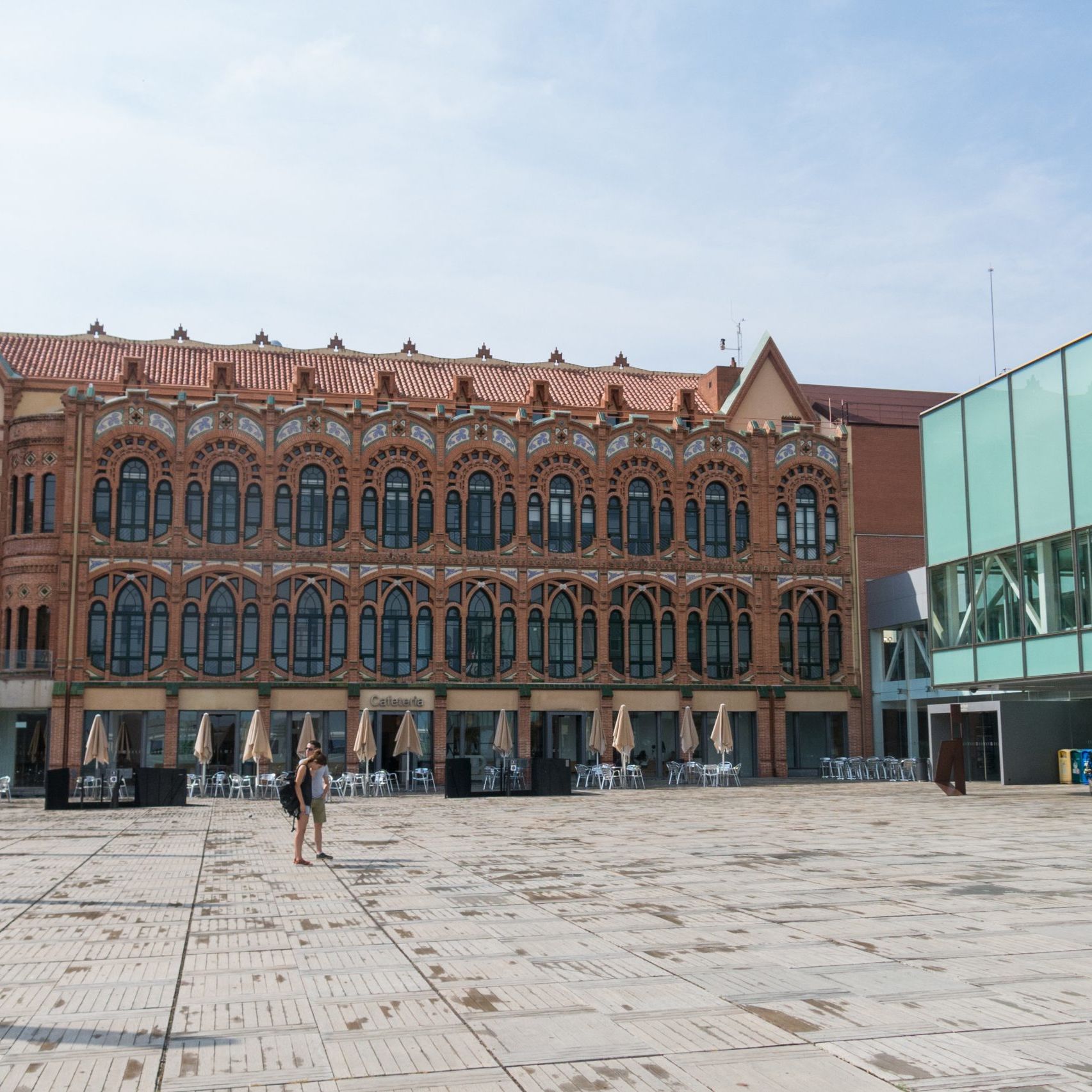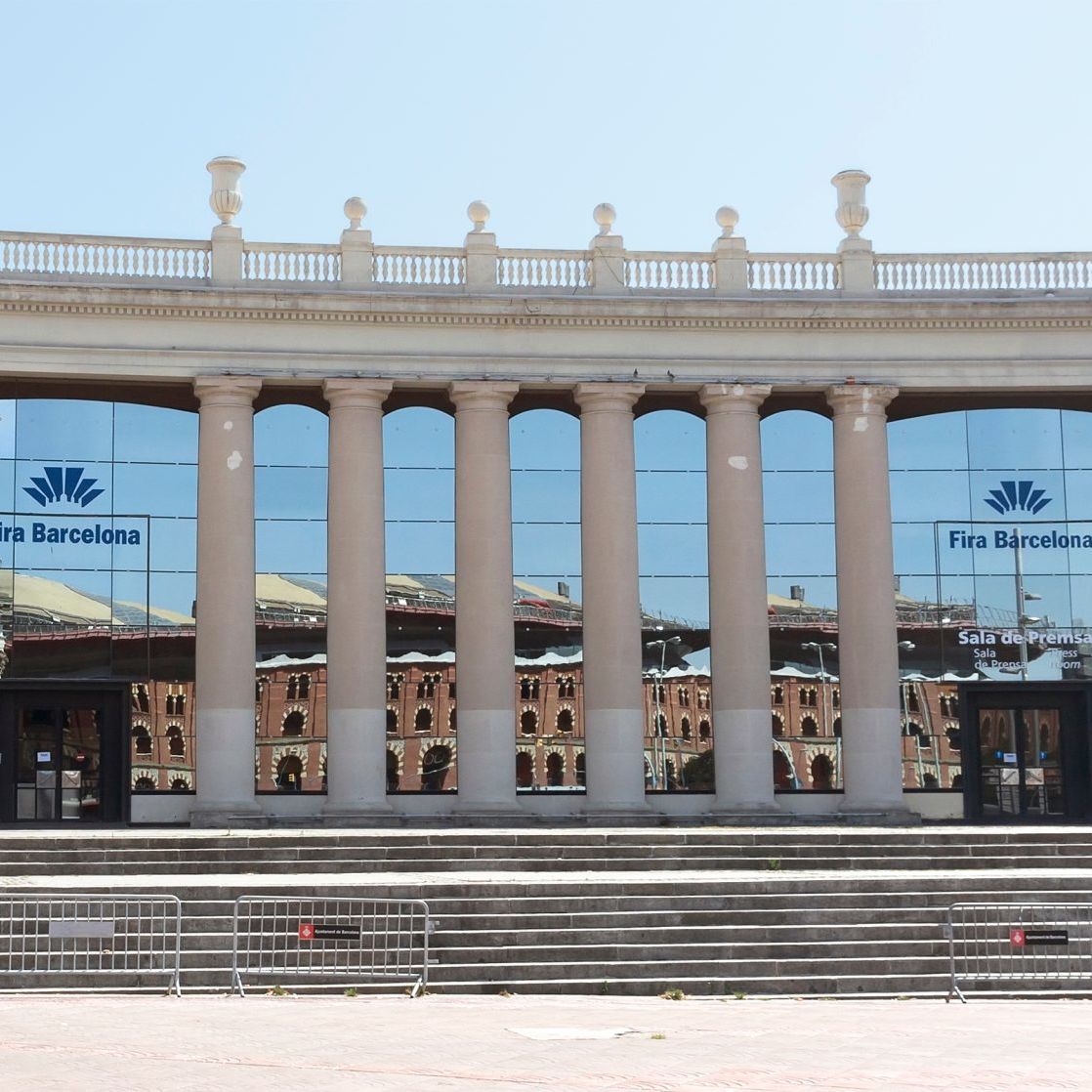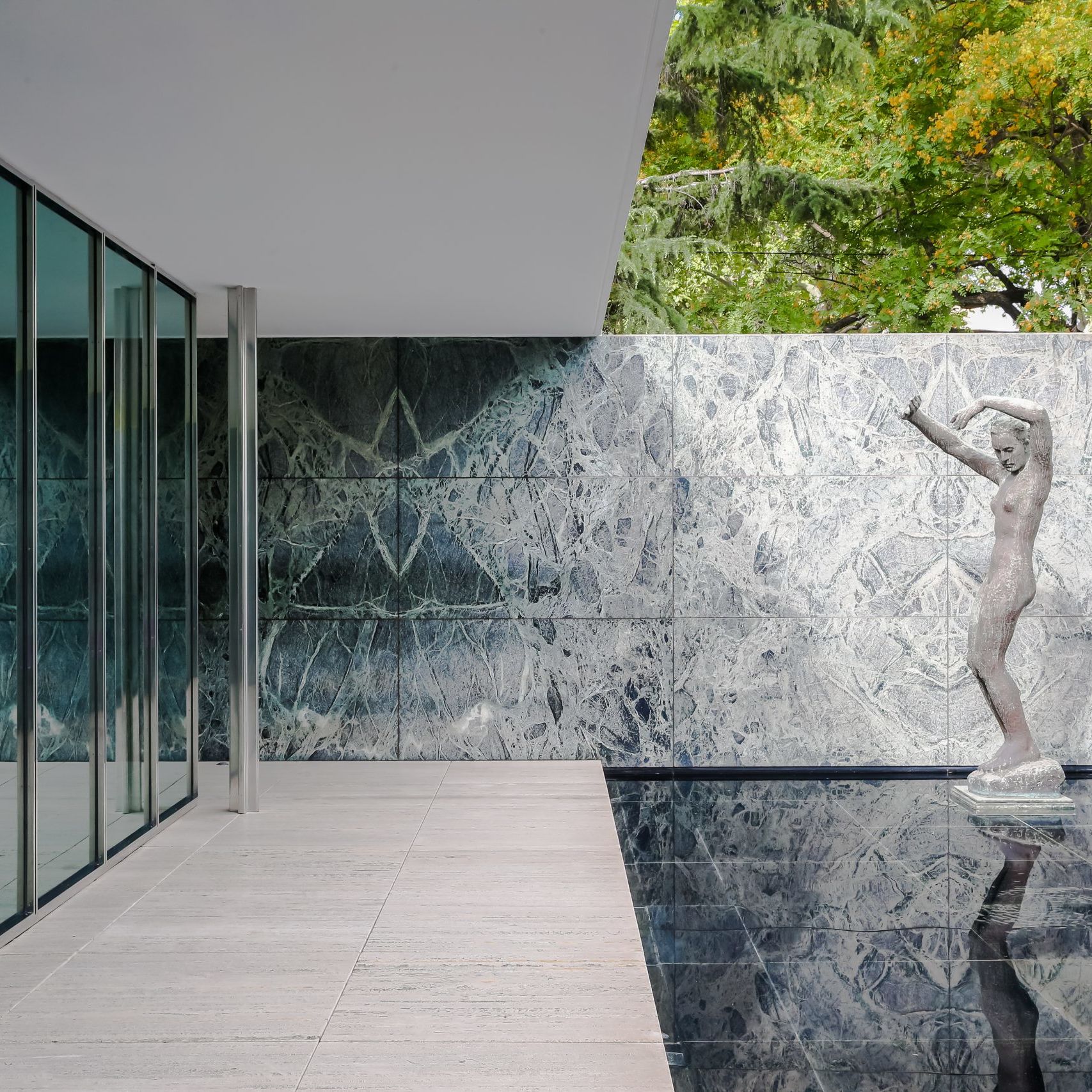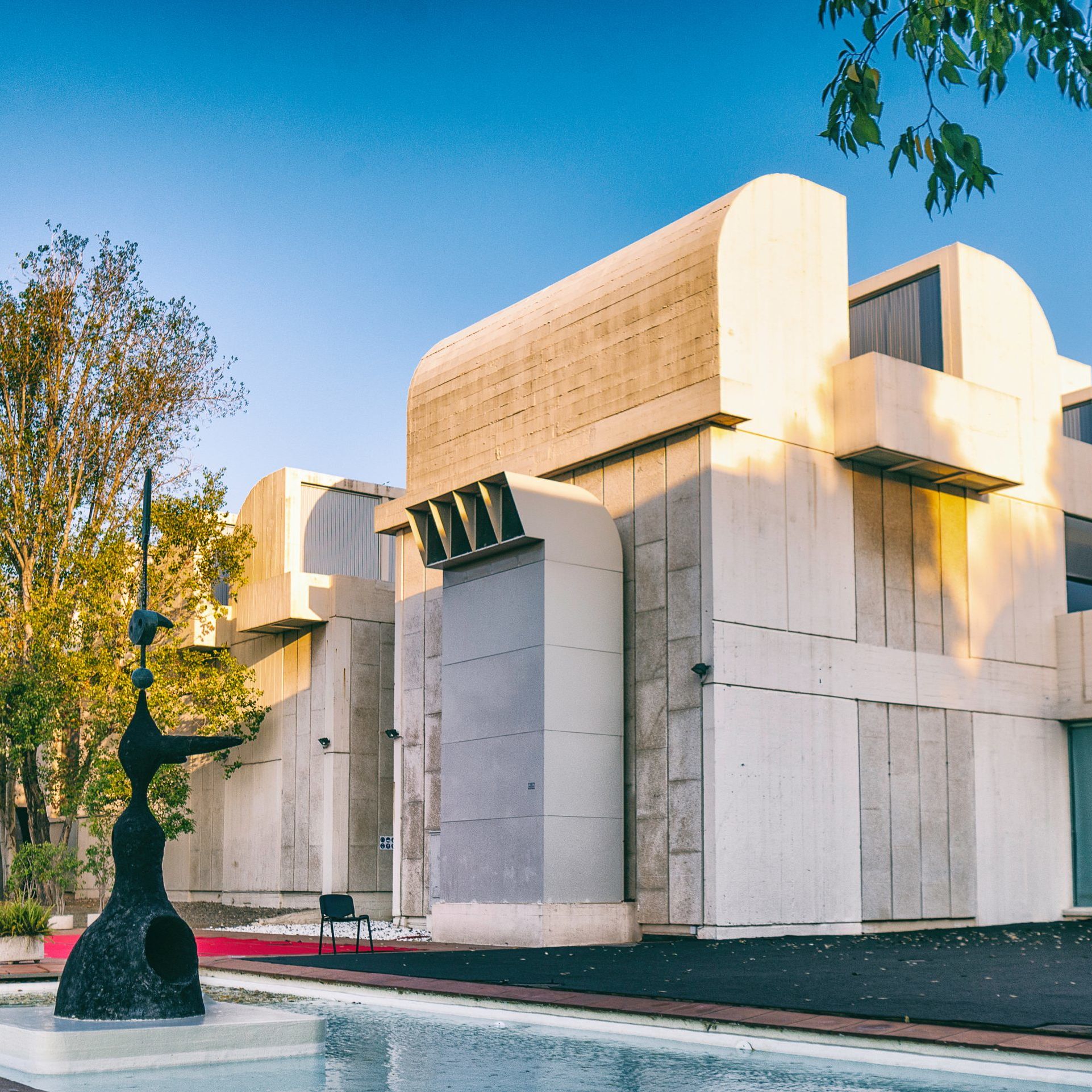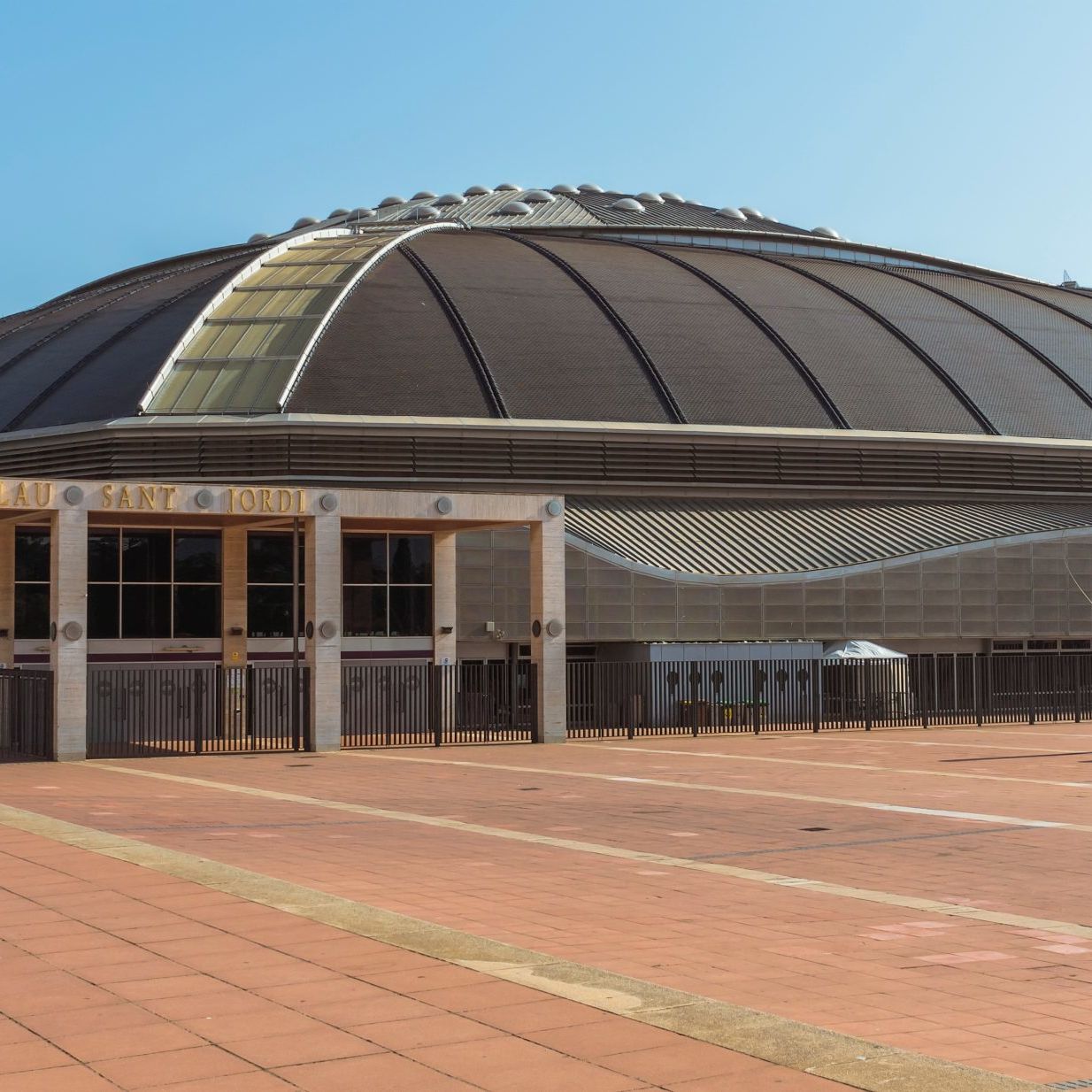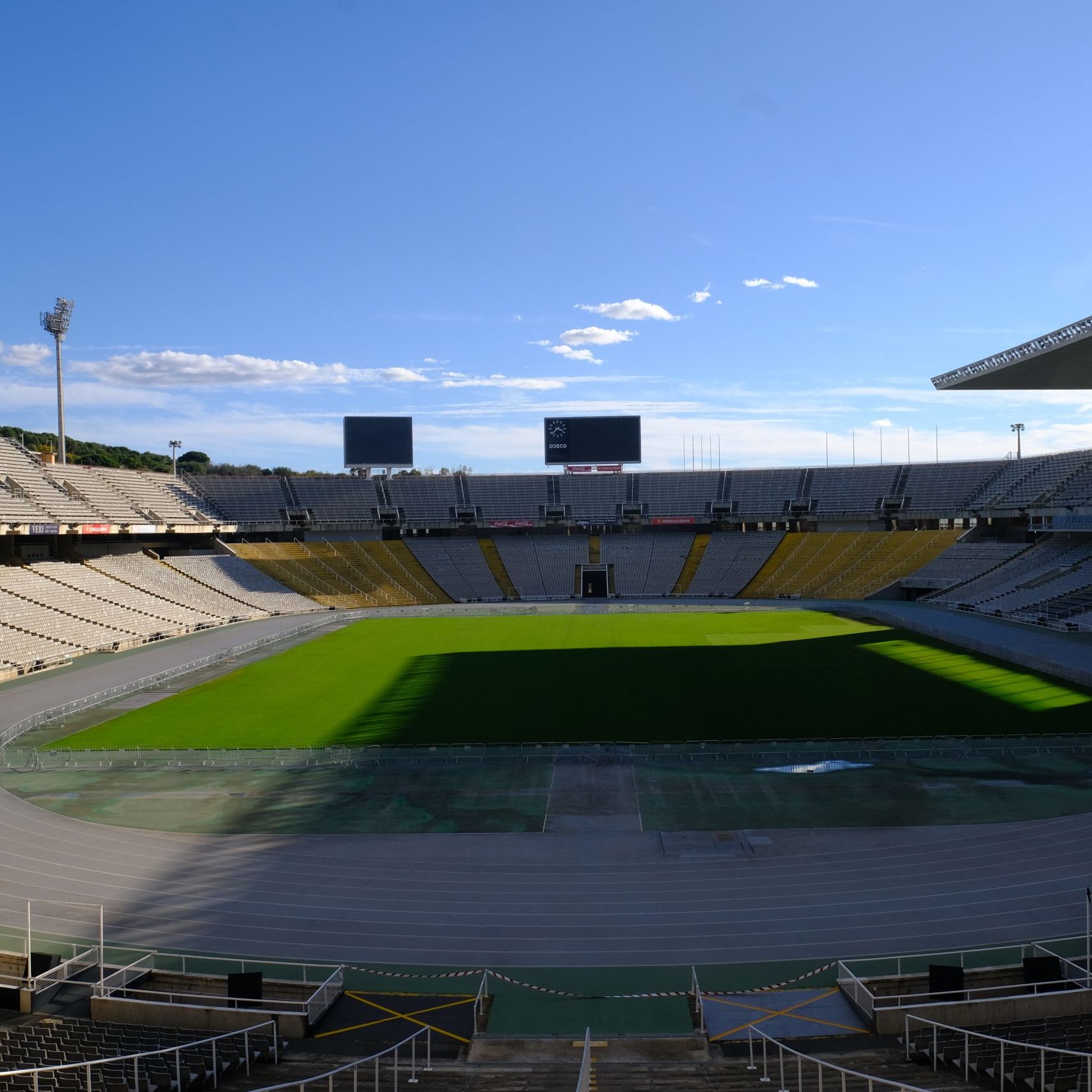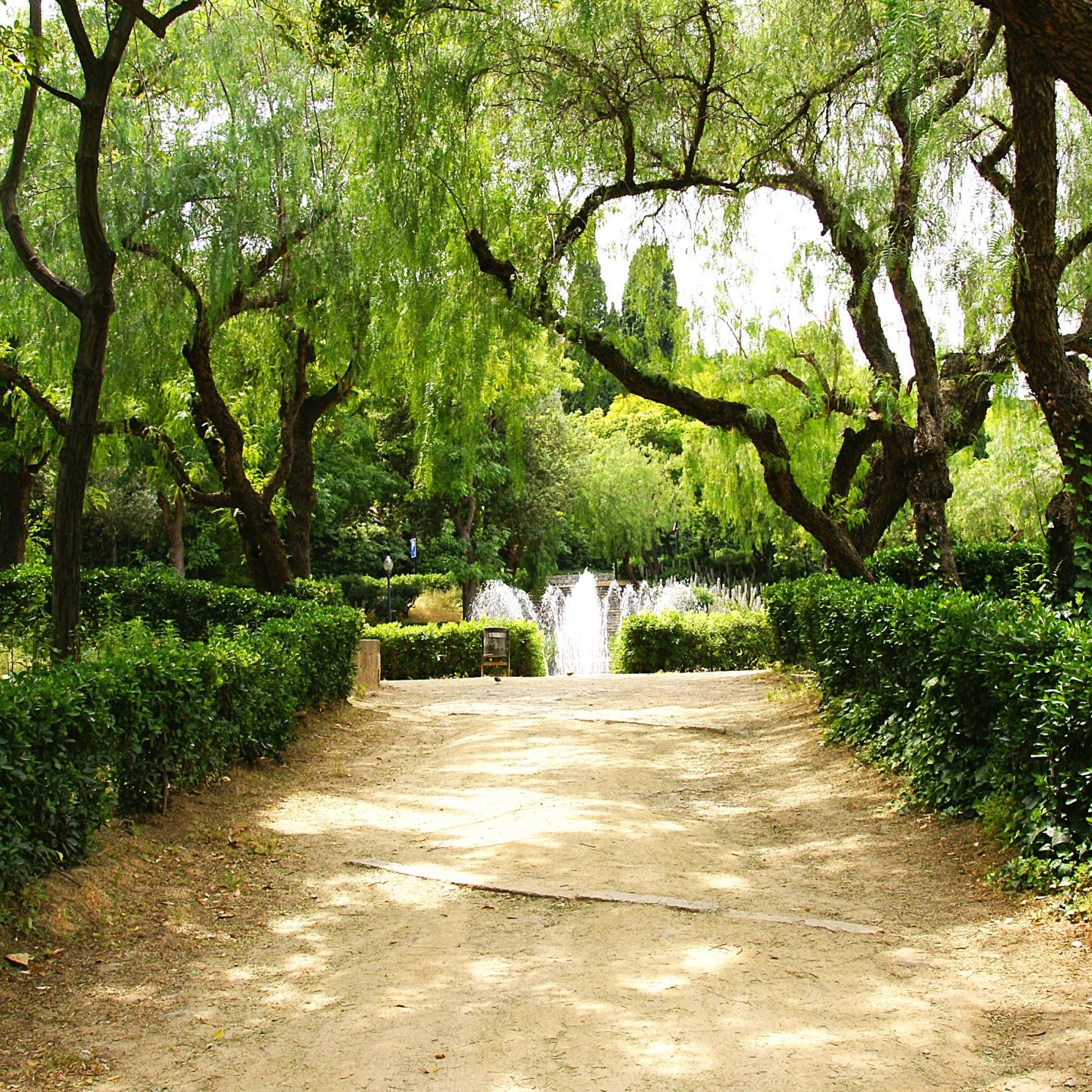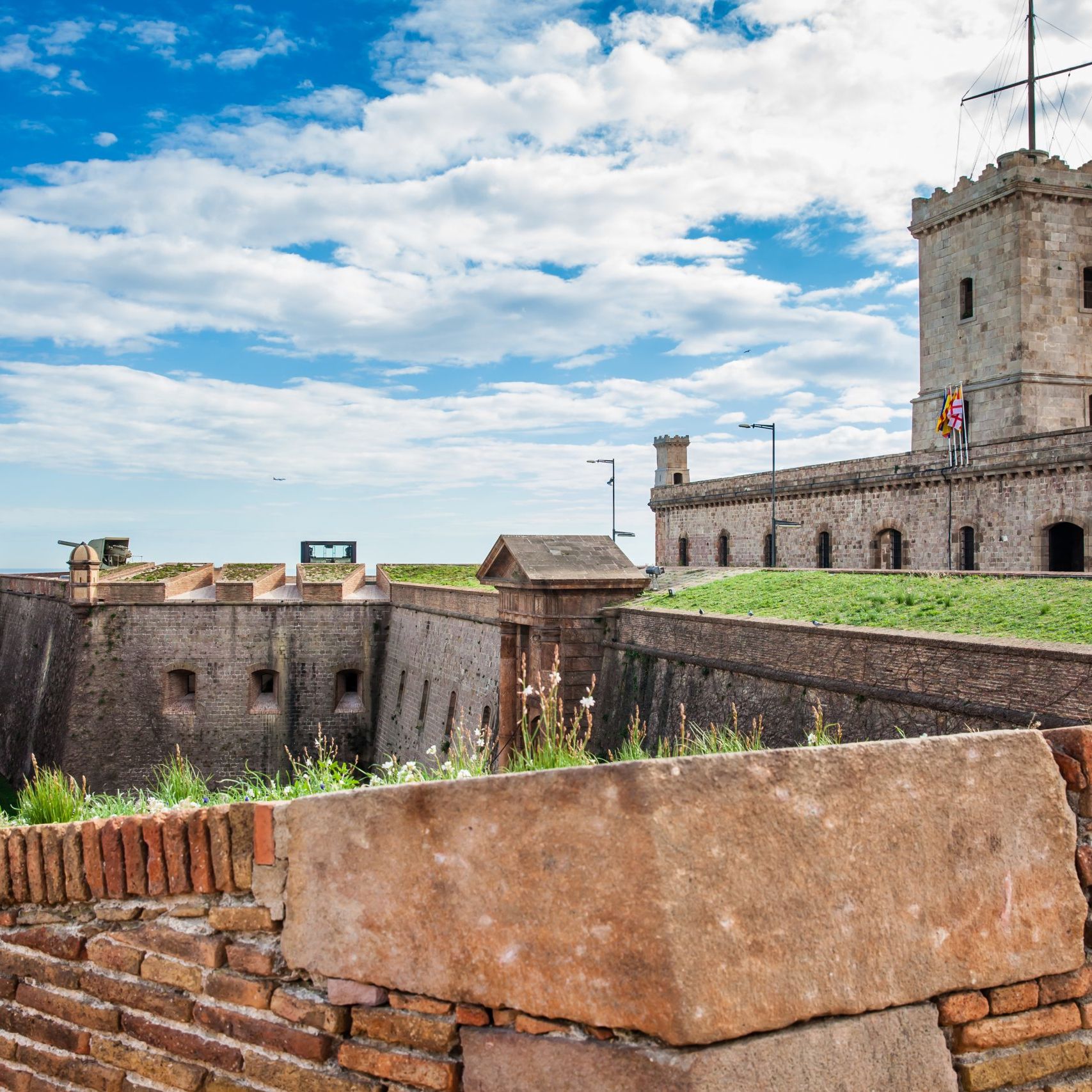DISCOVER MONTJUÏC
ONE OF THE GREAT CHARMS OF THE POBLE ESPANYOL IS ITS PRIVILEGED LOCATION ON THE MOUNTAIN OF MONTJUIC
Montjuïc is, together with Tibidabo, one of the two mountains that flank the city of Barcelona. Renowned among the locals as the city's green and cultural lung, it has the perfect combination of history, culture and entertainment that makes this part of Barcelona one of its most emblematic and interesting places.
From its summit, you can enjoy one of the best views of Barcelona, as you will discover when you reach the Sant Miquel monastery area of the centre. But Montjuic is much more than that: it is a beacon for all types of visitors thanks to its wide range of attractions.
The Montjuic of today is the result of the changes that it has experienced throughout its long history. Three chapters of its life are of particular note: its period as a military fortress, its restructuring to become the epicentre of the 1929 International Exposition and its central role during the 1992 Olympics. A mixture of history, culture and entertainment make this one of the most symbolic and interesting places in Barcelona.
The original Montjuic castle
The mountain of Montjuic has always been a faithful companion and guardian to the city of Barcelona: it had a watchtower on its summit that was used to inform citizens of the arrival of ships in the city.
Its first military fortifications were built in the seventeenth century, to repel attacks from the troops of Philip IV. Decades later, after the War of the Spanish Succession, it passed into Bourbon hands and the castle adopted its present form. In more recent times, it was used as a political prison and place of execution. Today it is a Heritage Site and belongs to the city of Barcelona, which has restored it for the celebration of events, exhibitions and activities for the whole family.
EARLY 20TH CENTURY AND THE 1929 EXPO
Since the late nineteenth and early twentieth centuries, Barcelona has embraced modernism and made it its hallmark. Montjuic is integral to this. In fact, Josep Puig i Cadafalch built one of its most emblematic buildings here - the old Casaramona factory (1909-1912). It currently houses the Caixa Fòrum cultural centre
In 1929 a decisive event took place for Barcelona in general, but in particular for Montjuic, the International Exhibition of 1929. This was a real showcase to the world which left a great legacy, which the Poble Espanyol forms part of. Another example is the German Pavilion of Mies van der Rohe, which was dismantled but later rebuilt in its original location.
The award for the most impressive building on the site is awarded to the National Palace of Montjuic in Barcelona, which currently houses the National Art Museum of Catalonia. Built in a combination of Renaissance and Baroque, two of the most emblematic Spanish architectural styles, even today it gives a majestic welcome to all those who visit Montjuic. At its feet is the Magic Fountain, where fascinating water, light and sound shows take place every Thursday, Friday and Saturday night.
The other great legacy of the Universal Exhibition of 1929 is the Fira de Barcelona trade fair, which has several of its most emblematic venues here, next to the Plaça de Espanya and the Avinguda de la Reina Maria Cristina. Trade and cultural fairs are organised here throughout the year.
This area is also home to the Miró Foundation, another of the city’s great museums. The museum houses the legacy of Barcelona local Joan Miró, who epitomised the Surrealist movement. Miró fructified the 1929 International Exposition, although the current building dates back to the 1970s. The collection of over 10,000 works of art make this the best place to learn about the life and work of the artist.
THE OLYMPICS AND MONTJUÏC
The 1992 Barcelona Olympic Games changed the image of this place forever. Since then, Montjuic has been home to two of the city's main sports venues: the Palau de Sant Jordi and the Lluís Companys stadium.
The Palau de Sant Jordi, designed by Japanese architect Arata Isozaki, was home to sports including handball, volleyball and gymnastics. Nowadays, it hosts sporting events and concerts on an international level.
The Lluís Companys stadium, originally built for the occasion of the 1929 Expo by Domènech i Roura and later rebuilt for the Olympic Games, was the site where the athletics events were held. Historical moments in the history of Spanish and world sport were made here, and the venue continues to host high profile sport and musical events.
If all this wasn't enough, Montjuic boasts its very own cable car, which has traced the slope of the mountain since 2007, offering one of the most fascinating panoramic views of Barcelona.
A QUIET AND SPECIAL PLACE
WHAT TO SEE IN MONTJUÏC
National Palace of Montjuïc in Barcelona
Since 1934 it has housed the National Art Museum of Catalonia, one of the most outstanding in Barcelona
Montjuïc magic fountain
An emblematic fountain located at the foot of the mountain of Montjuïc. Today it offers a spectacle of light, water and music.
Caixa Fòrum
A cultural centre that occupies the former Casaramona factory. It houses various exhibitions and activities devised for all the family.
Fira de Barcelona
1932 saw the official founding of the company Fira Internacional de Barcelona, and since then it has become one of the most important in Europe
Mies van der Rohe Pavilion
Designed by the architect Ludwig Mies van der Rohe, the German pavilion currently organises exhibitions, congresses, award ceremonies and conferences.
Joan Miró Foundation
The Joan Miró Foundation of Barcelona was conceived by the artist himself and commissioned to the architect Josep Lluís Sert. Today, the Foundation has over 10,000 works by the Barcelona painter.
Palau Sant Jordi
The building is the scene of big sporting and musical events and all types of shows. In fact, today it is the Olympic facility most used in Barcelona.
Lluís Companys Olympic Stadium
In 1992 the stadium was the venue of the opening and closing ceremonies of the Olympic Games, as well as the athletics events of the Paralympic Games. Today it is the scene of large concerts and sporting events.
Laribal Gardens
Hispano-Arabic style gardens, planned between 1924 and 1928 for the 1929 International Exhibition, and which lead onto the Teatro Grec de Montjuïc. The so-called Font del Gat (Fountain of the Cat) is to be found in these gardens.
Montjuïc Castle
Declared an asset of cultural interest, since 2007 it has been a municipal facility where events, exhibitions and activities for all the family take place.
